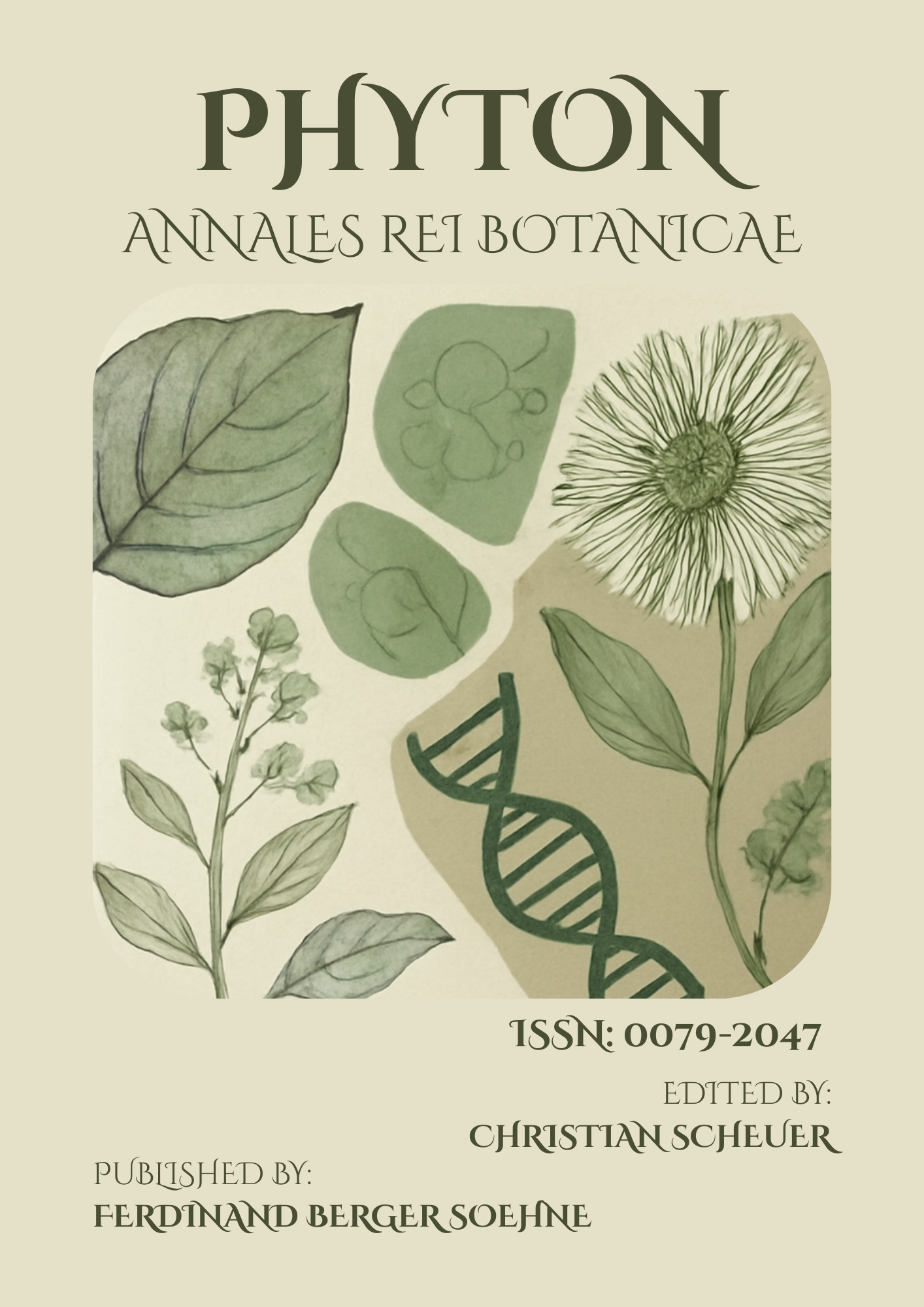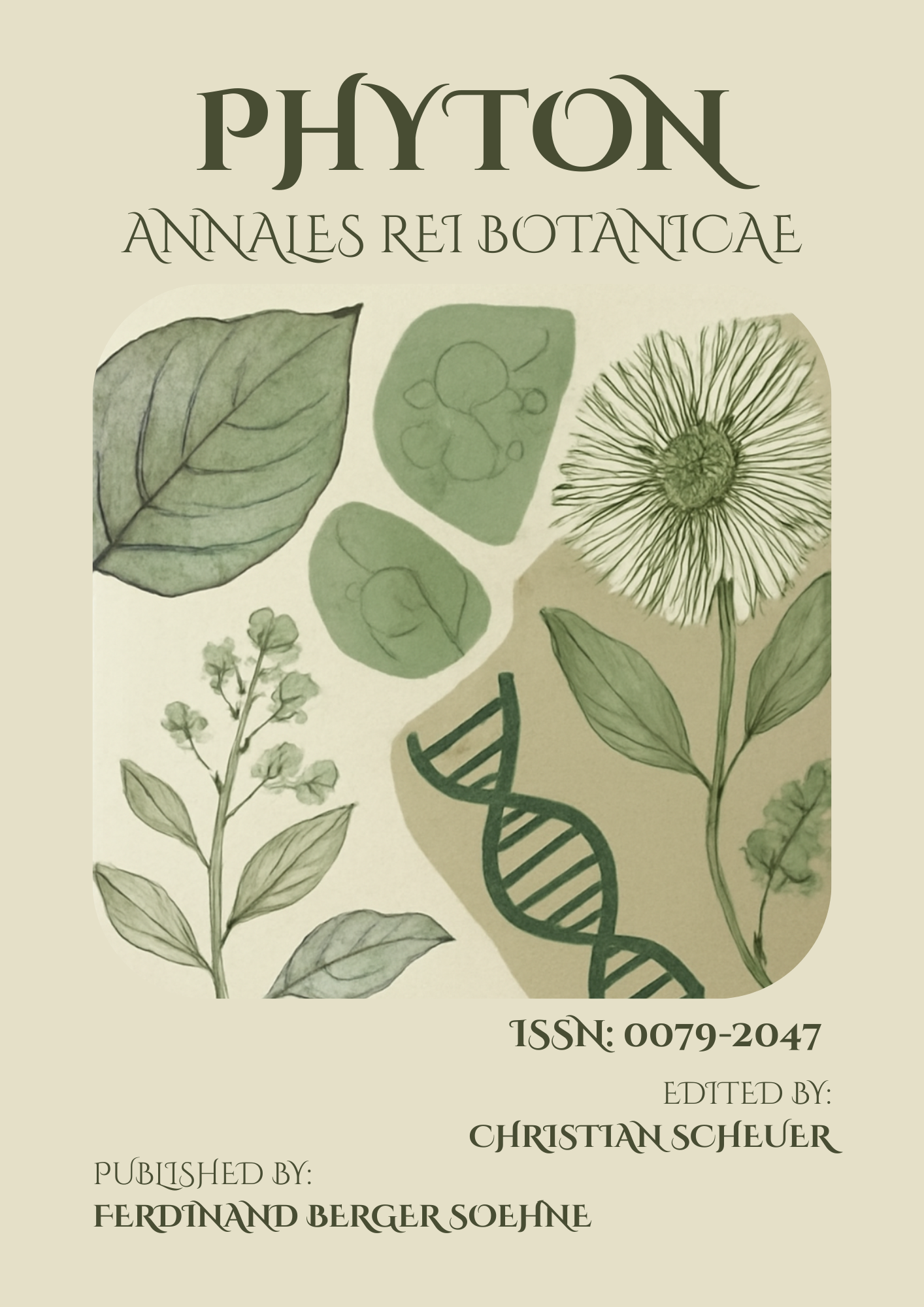Plant-Microbe Interactions in Paddy Fields: Enhancing Nutrient Use Efficiency in Malaysia’s Rice Systems
Keywords:
rice, rhizosphere, plant-microbe interaction, nutrient efficiency, MalaysiaAbstract
Rice cultivation in Malaysia faces mounting challenges due to nutrient losses, soil degradation, and reliance on chemical fertilizers. A promising avenue for improving nutrient use efficiency lies in understanding and harnessing plant-microbe interactions in paddy field ecosystems. This study investigates the role of rhizosphere microorganisms, including nitrogen-fixing bacteria, phosphorus-solubilizing bacteria, and arbuscular mycorrhizal fungi, in enhancing nutrient acquisition and growth performance of rice plants. Greenhouse and field trials were conducted with bacterial inoculants derived from native paddy soils. Results demonstrated that inoculated plants showed a 20–25% increase in biomass and grain yield compared to controls, coupled with improved nitrogen-use efficiency and phosphorus uptake. Metagenomic sequencing revealed higher microbial diversity and abundance in inoculated soils, particularly in beneficial taxa such as Azospirillum, Bacillus, and Glomus species. Soil enzyme assays indicated elevated phosphatase and dehydrogenase activities, further supporting enhanced nutrient cycling. Farmers adopting microbial inoculation also reported reduced fertilizer use, translating into lower input costs and improved environmental outcomes through reduced runoff pollution. The study highlights plant-microbe symbiosis as a critical component of sustainable rice systems in Malaysia, aligning with national agricultural strategies for food security and climate resilience. By integrating soil microbiology with plant nutrition, this research provides a pathway for achieving higher productivity while safeguarding ecosystem health in Southeast Asian rice production.
Published
How to Cite
Issue
Section
License
Copyright (c) 2022 PHYTON-ANNALES REI BOTANICAE

This work is licensed under a Creative Commons Attribution-NonCommercial-ShareAlike 4.0 International License.
This article is published under the terms of the Creative Commons Attribution-NonCommercial-ShareAlike 4.0 International License (CC BY-NC-SA 4.0). Readers may share and adapt the material for non-commercial purposes, provided appropriate credit is given and adaptations are shared under the same license.



